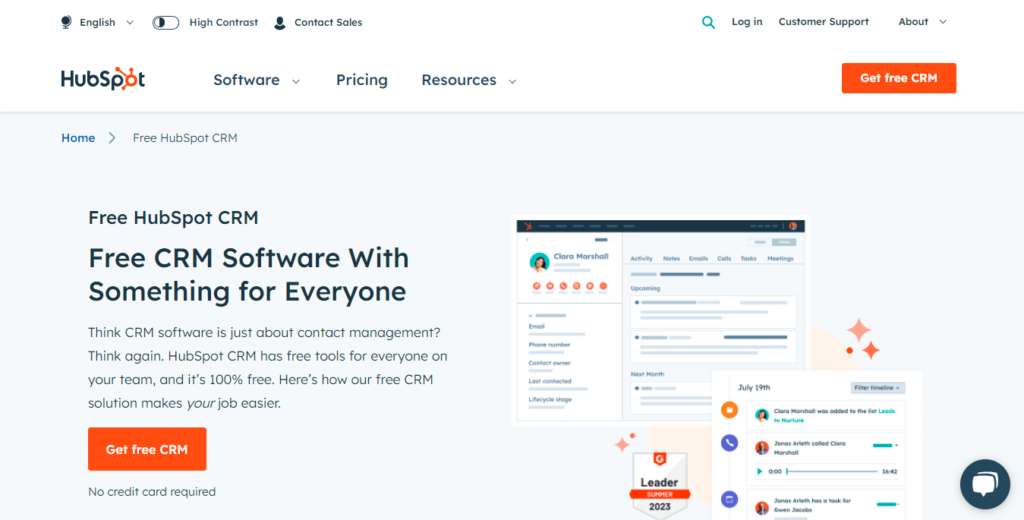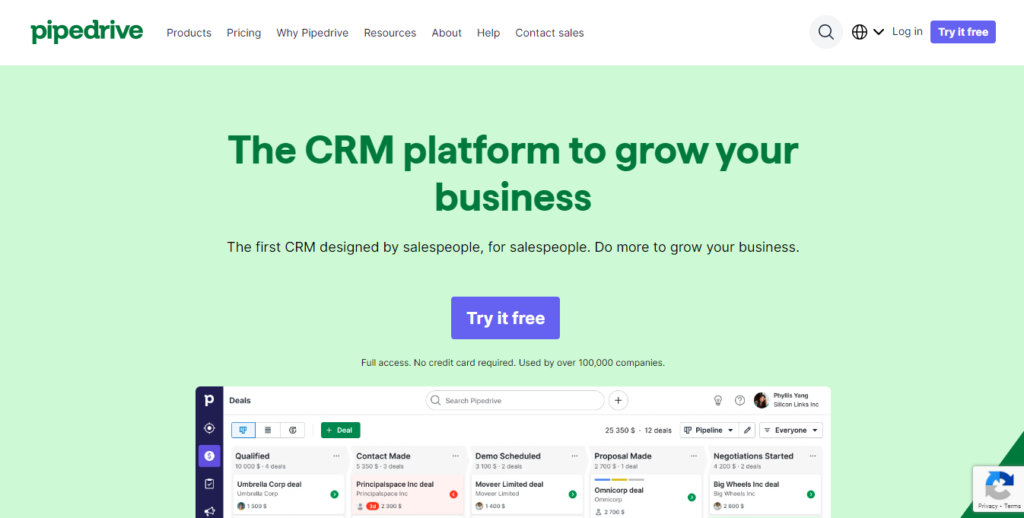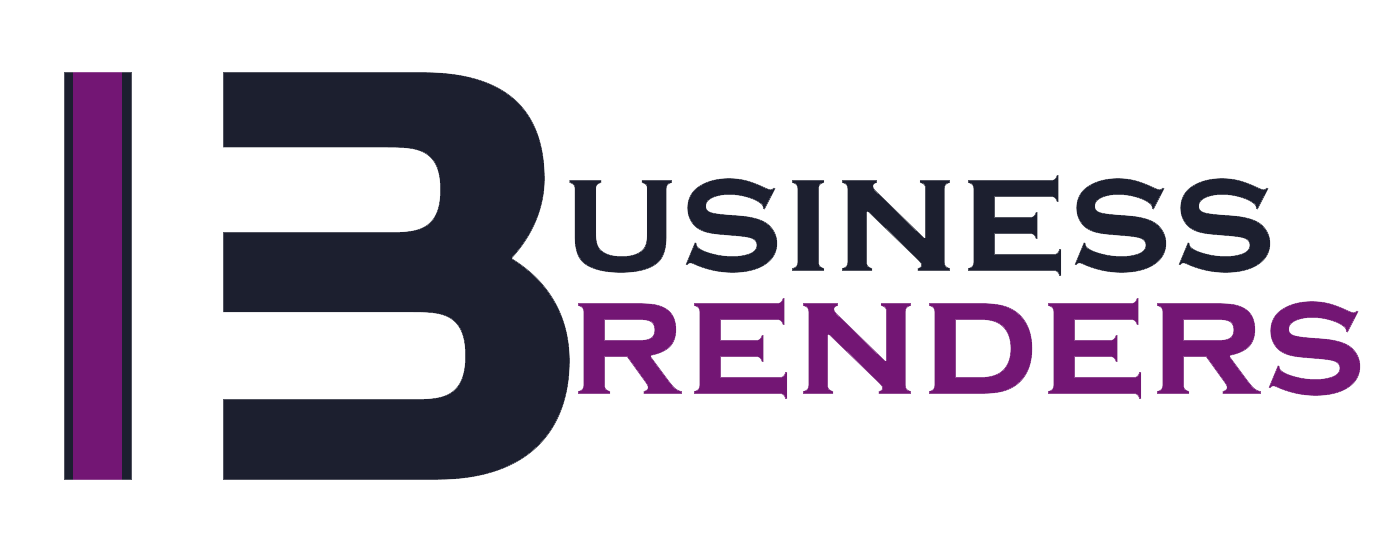Multiple companies use Microsoft Dynamics 365. However, the platform has some limitations that make it not so suitable for several organizations. Here are the top Dynamics 365 drawbacks that you must know. We will also tell you some of its alternatives so you understand which you can choose next. So, let’s get into the details.
Reasons to Choose Dynamics 365
While Dynamics 365 has some drawbacks, it is better to look at the bright side. Here are a few benefits of the software. You can read more about these Dynamics 365 benefits in detail in our other article. However, below is a brief overview:
- Unified Platform: It integrates various business applications like sales, customer service, marketing, finance, and operations into one cohesive platform. This unified system streamlines processes and facilitates better collaboration among departments.
- Scalability: Dynamics 365 is designed to scale with the growth of a business. It allows organizations to start with the applications they need and expand as their requirements evolve, ensuring flexibility and adaptability.
- Cloud-Based: As a cloud-based solution, Dynamics 365 offers accessibility from anywhere with an internet connection. This not only enhances mobility but also reduces the need for extensive on-premises infrastructure.
- Improved Customer Relationships: With tools for customer engagement and relationship management, Dynamics 365 enables businesses to deliver personalized experiences, enhancing customer satisfaction and loyalty.
- Regular Updates & Support: Microsoft regularly updates and maintains the platform, providing users with the latest features, security patches, and support to ensure optimal performance.
Dynamics 365 Drawbacks: 4 Reasons to Avoid it
Although 365 is a great CRM tool for multiple businesses, it still has some limitations that makes it not so suitable for every business. Here are the top Dynamics 365 drawbacks that you should be aware of.
1. User Experience & Complexity
The first limitation in our Dynamics 365 drawbacks list is the complexity of the software. While customization is a benefit, it can also add complexity. Customizing Dynamics 365 to fit specific business needs might require technical expertise or dedicated resources, leading to added time and cost.
Moreover, the platform can be complex for new users. Navigating through its various modules and functionalities might require extensive training, impacting productivity during the initial stages of adoption. On the other hand, the user interface can be overwhelming and not as intuitive as desired. Finding specific features or functionalities within the system can be a challenge for users.
Additionally, extensive customizations or a high volume of data can potentially impact system performance, further complicating Dynamics 365 drawbacks. This can lead to slower response times, affecting user experience and overall productivity. However, managing updates and maintaining the system might require skilled personnel. Keeping the platform up-to-date while ensuring minimal disruption to ongoing operations can be a complex task.
2. Integration Challenges
Several integration complications also add to Dynamics 365 drawbacks. Integrating the software with existing legacy systems or certain third-party applications might encounter compatibility hurdles. Some systems might not seamlessly interact with Dynamics 365, leading to data transfer issues or functionality gaps.
On the other hand, the integration process itself can be complex and time-consuming. It might require custom development, API configurations, or middleware solutions to ensure smooth communication between different systems. Hence, it increases the overall cost and effort. Moreover, transferring data from legacy systems to Dynamics 365 can be challenging.
Data formats, structures, and integrity need to be maintained during migration. It can be a complex task, especially when dealing with large volumes of data. Similarly, integrated systems require ongoing maintenance to ensure they continue to work harmoniously. Updates or changes in one system might inadvertently affect the integration, leading to disruptions in data flow or functionality.
3. Cost Considerations
Implementing Dynamics 365 involves upfront expenses. This includes licensing fees, consulting services, customization, and integration costs. For smaller businesses or startups, these initial costs might pose a significant financial hurdle. In this context, the platform is not so suitable for small businesses, contributing to Dynamics 365 drawbacks.
Moreover, it operates on a subscription-based model. While this allows businesses to avoid large upfront costs, recurring subscription fees can accumulate over time, especially when considering multiple user licenses or additional modules. Plus, tailoring Dynamics 365 to specific business needs often requires customization. However, this customization comes at an additional cost.
On the other hand, proper training for employees and ongoing support services are essential for efficient utilization. Investing in training programs and dedicated support resources adds to the overall cost of adopting and maintaining the platform. Likewise, Some functionalities or advanced features within Dynamics 365 might come at an extra cost. Businesses might need to pay for add-ons, advanced analytics, or specialized modules, increasing the overall expenditure.
4. Support and Maintenance
Last on our Dynamics 365 drawbacks list is the complicated support and maintenance. Users might encounter delays or longer wait times when seeking assistance from Microsoft’s support. Depending on the severity of the issue, prolonged response times can impact business operations.
On the other hand, some technical issues or customization challenges within Dynamics 365 might require specialized expertise to resolve. Hence, if internal teams lack the necessary skills, resolving complex issues can be time-consuming or require external consultants, adding to the overall support costs.
Dynamics 365 regularly releases updates, including patches, new features, or security fixes. Managing these updates can be challenging, especially for businesses with extensive customization or integration, as updates might inadvertently disrupt these configurations.
However, as Dynamics 365 evolves with updates and new functionalities, it might require continuous training for users and administrators to stay updated. Failure to keep up with these changes can result in inefficiencies or difficulties in utilizing the platform effectively.
Dynamics 365 Competitors
After learning multiple Dynamic 365 drawbacks, you may want to turn to other platforms. So, below are the top competitors of 365 which you can switch to.
Salesforce

Similar to Dynamics 365, Salesforce offers high levels of customization. It allows businesses to tailor the platform to their specific needs, whether through custom-built apps, workflows, or integrations. Moreover, it boasts an intuitive user interface that’s often praised for its ease of use. Navigating through different modules and functionalities is relatively straightforward, reducing the learning curve for new users.
Similarly, its AppExchange is an extensive marketplace offering a wide array of third-party applications and integrations. Hence, it allows users to extend the platform’s capabilities without extensive customization efforts. Additionally, Salesforce has a robust user community and provides comprehensive support resources, including forums, documentation, and training materials. Users can readily access help and guidance when needed.
HubSpot

HubSpot is renowned for its user-friendly interface and intuitive design. Navigating through its various tools for marketing, sales, and customer service is typically straightforward, requiring minimal training for users. Plus, it offers an all-in-one platform for marketing, sales, and customer service. It integrates these functions seamlessly, providing a unified view of customer interactions and data.
While suitable for enterprises, HubSpot caters well to small and medium-sized businesses. Its pricing tiers and scalable features make it accessible and adaptable to the growth trajectory of smaller companies. Moreover, its CRM system is robust and user-friendly, offering features for contact management, deal tracking, and pipeline management. It provides a definitive view of customer interactions and history.
Pipedrive

Pipedrive is highly focused on sales and pipeline management. Its interface is clean, simple, and specifically designed to help sales teams manage leads, deals, and the sales process effectively. Moreover, its user interface is user-friendly and easy to navigate. It prioritizes visual representations of sales pipelines, making it simple for sales reps to track and manage their deals.
The platform excels in visualizing the sales pipeline stages, enabling users to easily track deals, move them through stages, and forecast revenue. This simplicity enhances user adoption and productivity. Similarly, it offers automation features that streamline repetitive tasks and workflows, reducing manual effort and allowing sales teams to focus more on building relationships and closing deals.
Conclusion
While Microsoft Dynamics 365 is a great tool for multiple organizations, it still has some limitations. Here, we have explained to you the very Dynamics 365 drawbacks, and also told you some of its competitors. So, if you are choosing 365 for your CRM and ERP needs, you may consider these factors.

